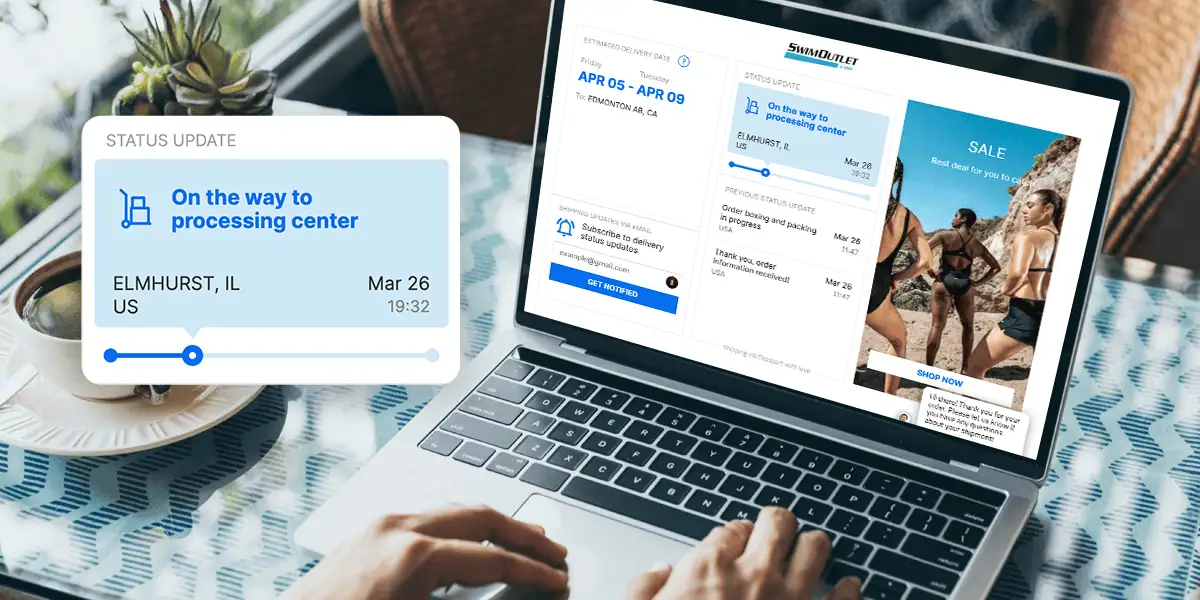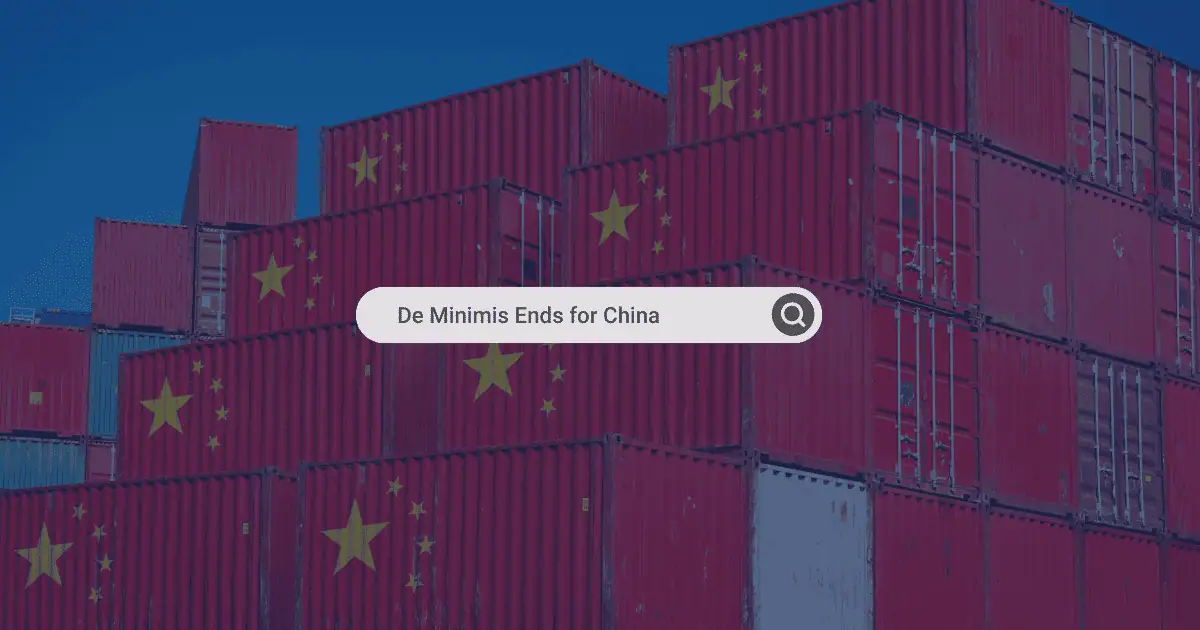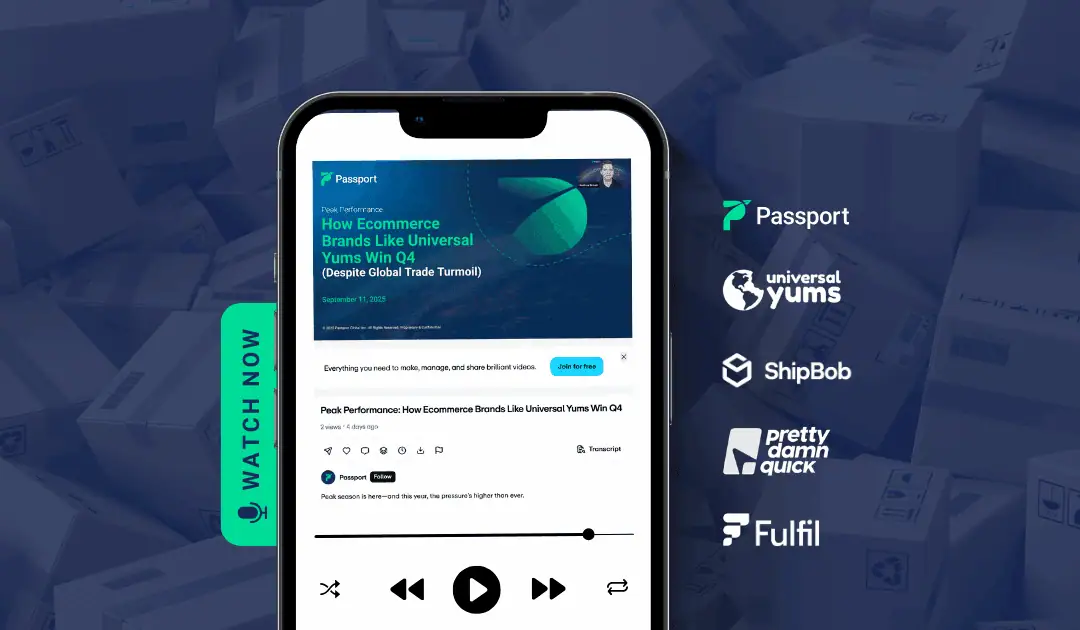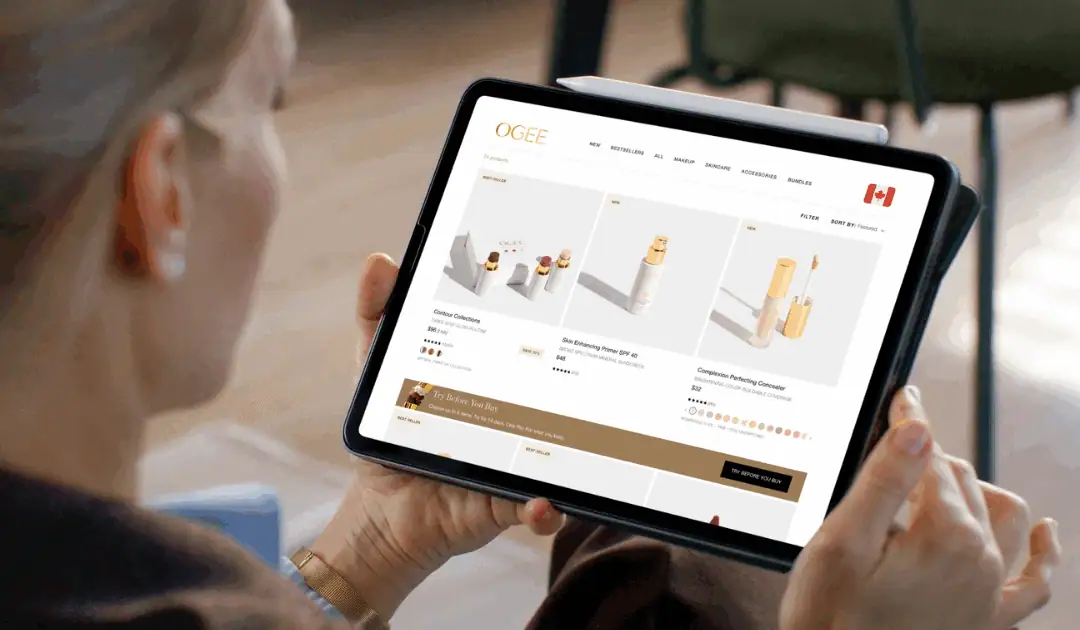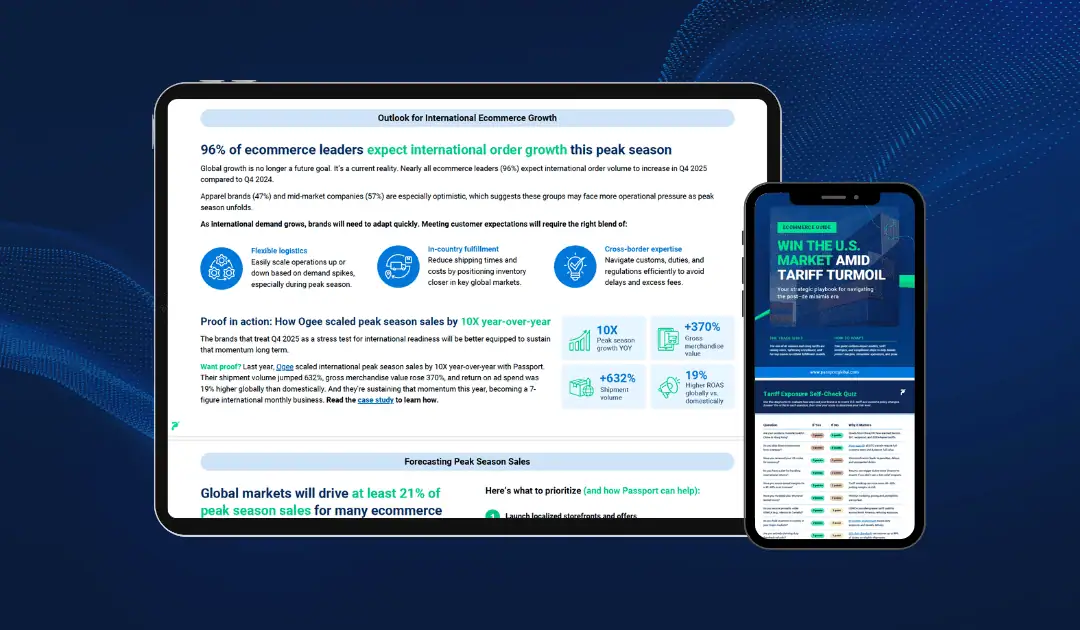At 12:01 AM Eastern on May 2, 2025, a seismic change hits cross-border ecommerce: the U.S. is ending duty-free “de minimis” entry for goods made in China or Hong Kong. From Friday onward, every parcel from these origins — regardless of value — must pay U.S. import duties and fees and clear customs through a full entry.
The era of shipping Chinese goods to American customers tax-free under the $800 de minimis threshold of Section 321 is over. For merchants who built their business on quick, duty-exempt cross-border shipments, this is an existential moment.
What can you do right now to survive it? We’ll break down the policy, the risks of inaction, and two compliant models to keep your U.S. sales flowing.
Join us live Friday, May 16th at 9:00am EST / 14:00 UK time as we explore the impacts of the de minimis change and how brands can compliantly mitigate impacts. Register here.
What Changes on May 2, 2025?
De minimis is dead for China and Hong Kong. After May 1st, any product made in (or postal orders shipped from) China or Hong Kong will no longer qualify for the $800 de minimis duty exemption when entering the U.S. Previously, a package valued at $800 or below could breeze through U.S. Customs without tariffs, taxes, or fees. Starting May 2, that same package will be treated like any other import – subject to all applicable duties and required to undergo full customs clearance. In practice, that means filing a consumption entry (Type 11 informal or Type 01 formal) with CBP, just as if it were a bulk commercial import.
Even the postal loophole is closed. This crackdown isn’t limited to courier parcels. Under the new rule, any mail shipments from China, Hong Kong, or Macau that would have been duty-free will instead incur a steep alternative charge – either 120% of the item’s value or a flat $100 per package (rising to $200 on June 1, 2025). Carriers handling these postal packages must collect and remit those duties to CBP and post a bond to ensure payment. In short, every possible channel from China now gets hit with import fees.
Looking for more information on the latest U.S. global trade changes? Visit TrumpTradeTracker.com for real-time updates.
Who Does This Impact?
The de minimis rule (raised from $200 to $800 in 2016) led to an explosion of direct-to-consumer imports from China. Ecommerce giants and countless sellers leveraged it to ship goods duty-free straight from suppliers and manufacturers to American doorsteps. That helped fuel the rise of ultra-cheap, fast-fashion retailers like Shein and Temu, who built empires on flooding the U.S. with low-value parcels.
However, many global brands built their businesses around de minimis by importing finished goods to consumers only after they had been sold. By forward stocking inventory in warehouses in Canada and Mexico, merchants could import individual orders for U.S. consumers duty-free so long as each consumer’s order value did not exceed $800. That is to say, this change impacts more than just Chinese manufacturers, suppliers, and sellers.
Want to discuss potential solutions? Reach out to Neoshi Chhadva, General Manager of U.S. Solutions, neoshi@passportglobal.com
What to Watch
Here’s what the end of de minimis means for U.S. imports of goods made in China:
Clearance Cost & Complexity
Every package now needs a full customs clearance. For shipments under $2,500 in value, this can be an Informal Entry (Type 11). While not nearly as streamlined as Sec 321 (also referred to as Type 86 entries) that were available for de minimis-eligible shipments, it is less burdensome than Formal Entry (Type 01). The main difference is that Formal Entry requires you to designate an Importer of Record (IOR) for each shipment. Technically, a U.S. recipient can serve as the importer, but that would require the customs broker to get their Social Security number and have them sign a Power of Attorney (POA) – a non-starter for ecommerce.
Legal and Regulatory Exposure
This is the big one. Some merchants are being pitched “creative” solutions – undervalue invoices, mislabel country of origin, split orders into multiple packages, have the supplier be the IOR and ship on DDP terms so they can underdeclare the customs value, or route postal shipments through third countries. Some are clearly just artificial constructs to evade duties, but others can appear credible on the surface. Major transportation providers are telling merchants that they just need to consolidate shipments into a single customs entry, and they can declare the price they paid the manufacturer or supplier as the value for customs rather than the price the U.S. consumer paid at checkout. It’s not nearly that simple. The transportation provider carries no liability – they are not the importer. It’s like your accountant telling you that you can write off business expenses. Of course you can, but there is so much more to it if you want to survive an audit.
Increased Inspections & Enforcement
Customs and Border Protection (CBP) is on high alert for schemes to dodge the new rule. Full customs entries give CBP much more data for their targeting systems to identify violations, such as goods made by manufacturers and downstream vendors in the restricted lists, such as UFLPA (which prevents goods made with forced labor from entering the U.S.). They will also be auditing shipments, and ignorance is no excuse. If you falsify values or documents to evade duties, you could trigger a federal False Claims Act case – one of the government’s favorite tools for punishing duty evasion. Under the False Claims Act (FCA), whistleblowers (even your competitors or disgruntled employees) can sue on the government’s behalf if they sniff out fraud and collect up to 30% of the penalties as a reward. This isn’t theoretical; the administration has signaled it will unleash FCA “bounty hunters” on offenders. Penalties under FCA are three times the unpaid duties, plus hefty fines per violation. In short, trying to cheat the system after May 2 isn’t a risk – it’s an extinction-level event that could bankrupt your business and even lead to criminal charges.
The good news is, this storm can be weathered. Passport has worked closely with trade and tax attorneys to establish two compliant models to keep your U.S. sales alive and well. Each require some effort to set up, but they will both allow you to declare the Manufacturer’s Cost / Wholesale Value and keep you on the right side of U.S. law. One model is the right approach for some in-country inventory in the U.S. and the second model is a compliant way of shipping cross-border to the U.S. and being able to declare something below the retail value in a compliant way.
Stay tuned as we dive into these two models and explain how they work.
Want to learn more? Join us live next Friday, May 16th at 9:00am EST / 14:00 UK time as we explore the impacts of the de minimis change and how brands can compliantly mitigate impacts. Register here.
Want to discuss potential solutions? Reach out to Neoshi Chhadva, General Manager of U.S. Solutions, neoshi@passportglobal.com.
This article is provided for informational purposes only and does not constitute legal advice. Merchants are advised to consult with their customs broker and legal counsel to ensure compliance with all applicable laws and regulations based on their specific circumstances.






